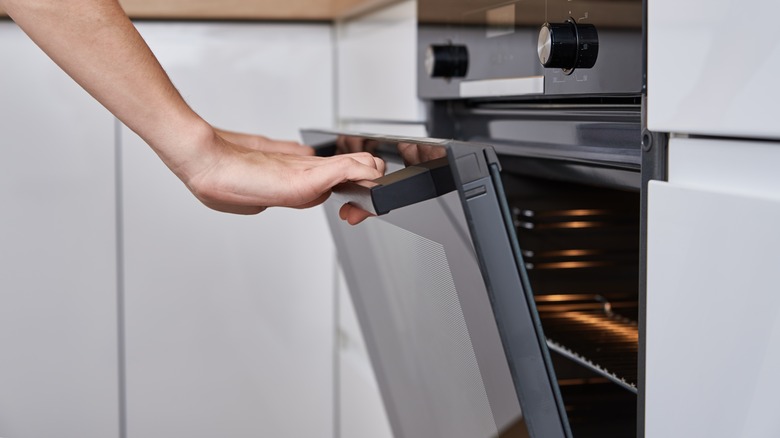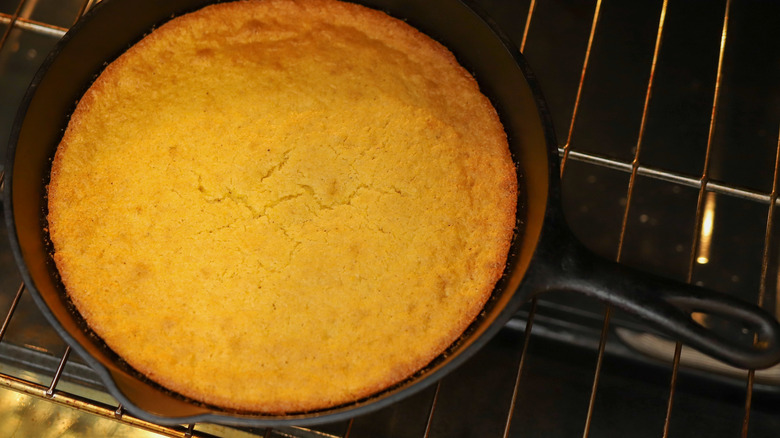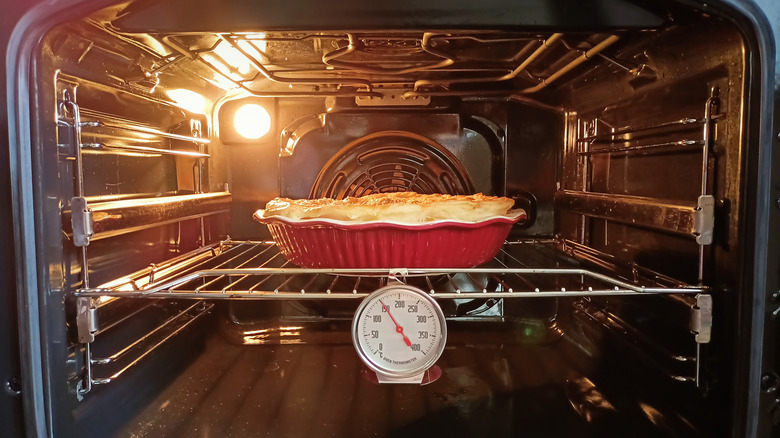Not Sure If Your Oven Is Working Correctly? Bake Some Cornbread
If you have ever peeked into your oven as a cake is baking, and noticed that it's rising and browning unevenly, you are not alone. We all trust that our ovens are working correctly. After all, that expensive appliance should be accurate, right? But often, that's not the case.
Ovens can vary in temperature range, in the way the heat is distributed, and even in the time it takes to preheat. It doesn't matter if your oven is electric or gas; they all have their own idiosyncrasies. Those quirks usually aren't a problem when baking and cooking, unless your oven is miscalibrated. Then your food can be ruined.
All ovens work by turning the heating element on and offso that the temperature cycles as your food is baking, often in a range of about 40 to 50 degrees Fahrenheit around the set temperature. This cycle won't affect your baking recipes, but if the oven heating element is miscalibrated, there can be hot and cold spots in the oven, or the element may heat up too much during the cycles. That can cause burned food, undercooked food, and unevenly baked cakes and cookies.
There's one way to tell if your oven is off. Bake some cornbread.
The cornbread test
Baking some cornbread may seem like an overly simplistic solution to what could be a complicated problem. But this test is a good one for several reasons. First, using a packaged cornbread mix, which has been developed to give you consistent results every time, is important because you are limiting the variables in your test. As long as you follow the instructions, the cornbread should look the same every time. If the cornbread is underbaked, burned, or burned in spots and runny in others, odds are your oven is the problem.
As one appliance expert explains, if you are getting disappointing results from your oven, bake that cornbread a few times, taking a picture of each finished product (per Martha Stewart). You can then send the pictures to the oven manufacturer, who might be able to help you pinpoint the problem.
There's another way to test your oven if you don't want to make cornbread. Put slices of bread in an even pattern on the oven racks in a preheated oven. Let them toast until brown, then take another picture to have a record of hot spots. Bonus: You can save the toast to make bread crumbs or croutons. If you don't want to fix the oven, there are ways to work around this issue.
Tips for baking perfection
When you know your oven's hot and cool spots, if it can't be calibrated or repaired, and you can't afford a new oven, you can work with it. When you are baking and cooking, you can turn pans around for more even browning and baking. And you can avoid the hotter areas when, for example, you are making a cake. Also, make sure to check that the racks are level in the oven.
You may even want to repeat the cornbread test on different racks in your oven just to be sure about where the hot spots are. And always have an oven thermometer in the oven to make sure it's as accurate as possible. On some oven models, you may be able to adjust the heat by turning a small screw in the oven knob. Read your instruction booklet for details.
If you are calling in a repairman, ask him or her to check the temperature sensor and control circuit and replace them if necessary. Soon you'll be baking and cooking like a pro again.


